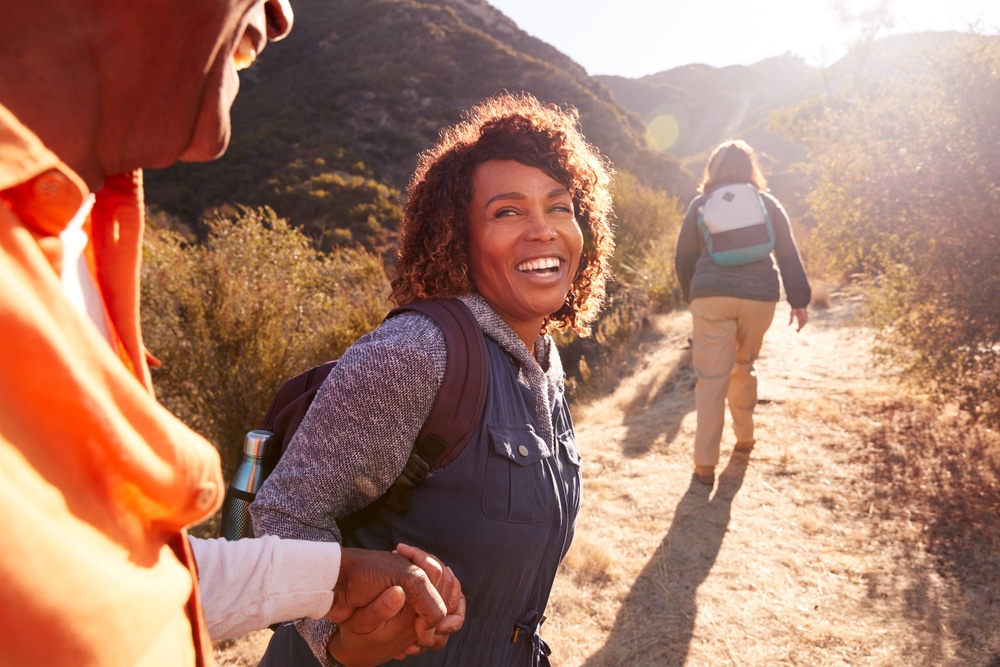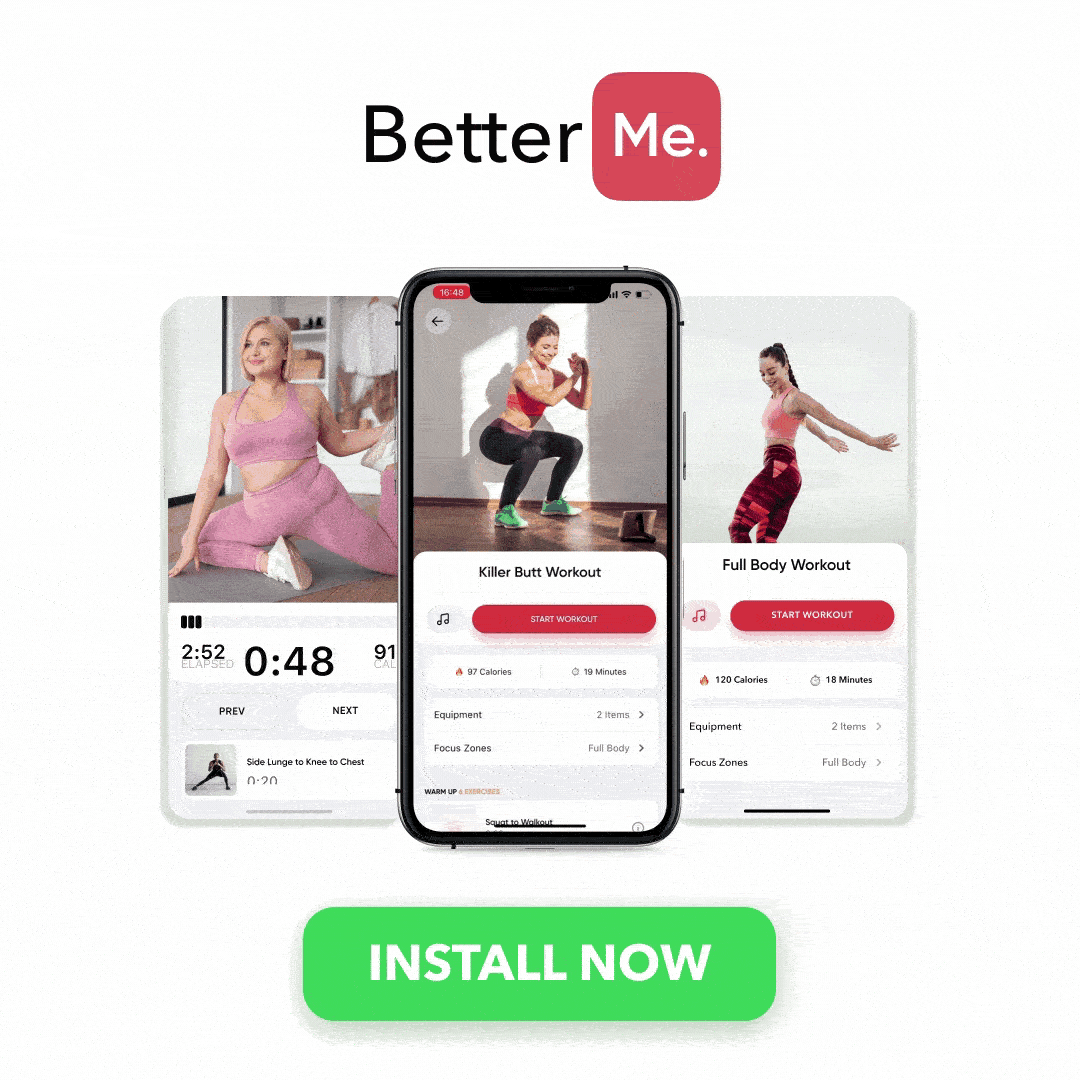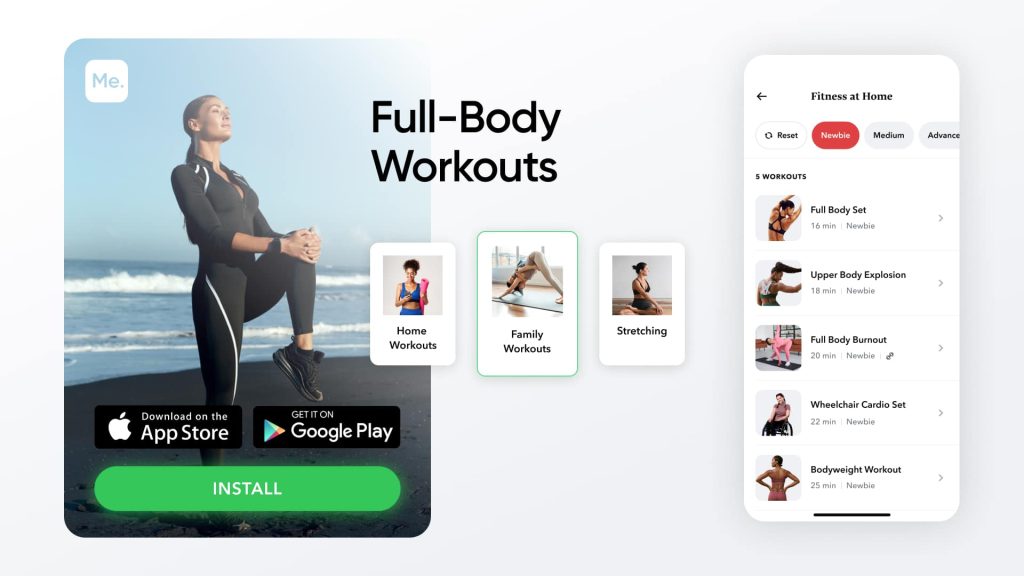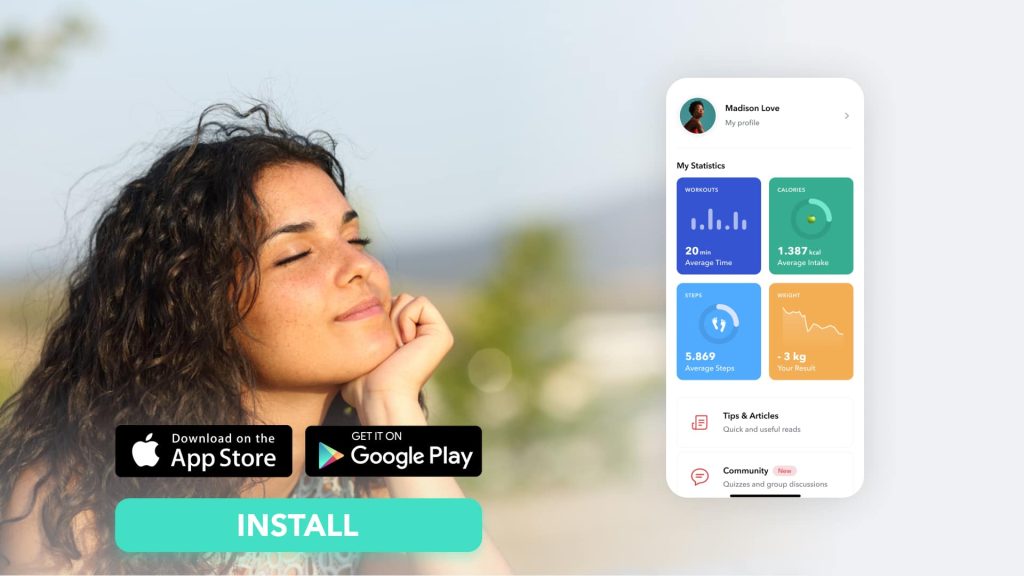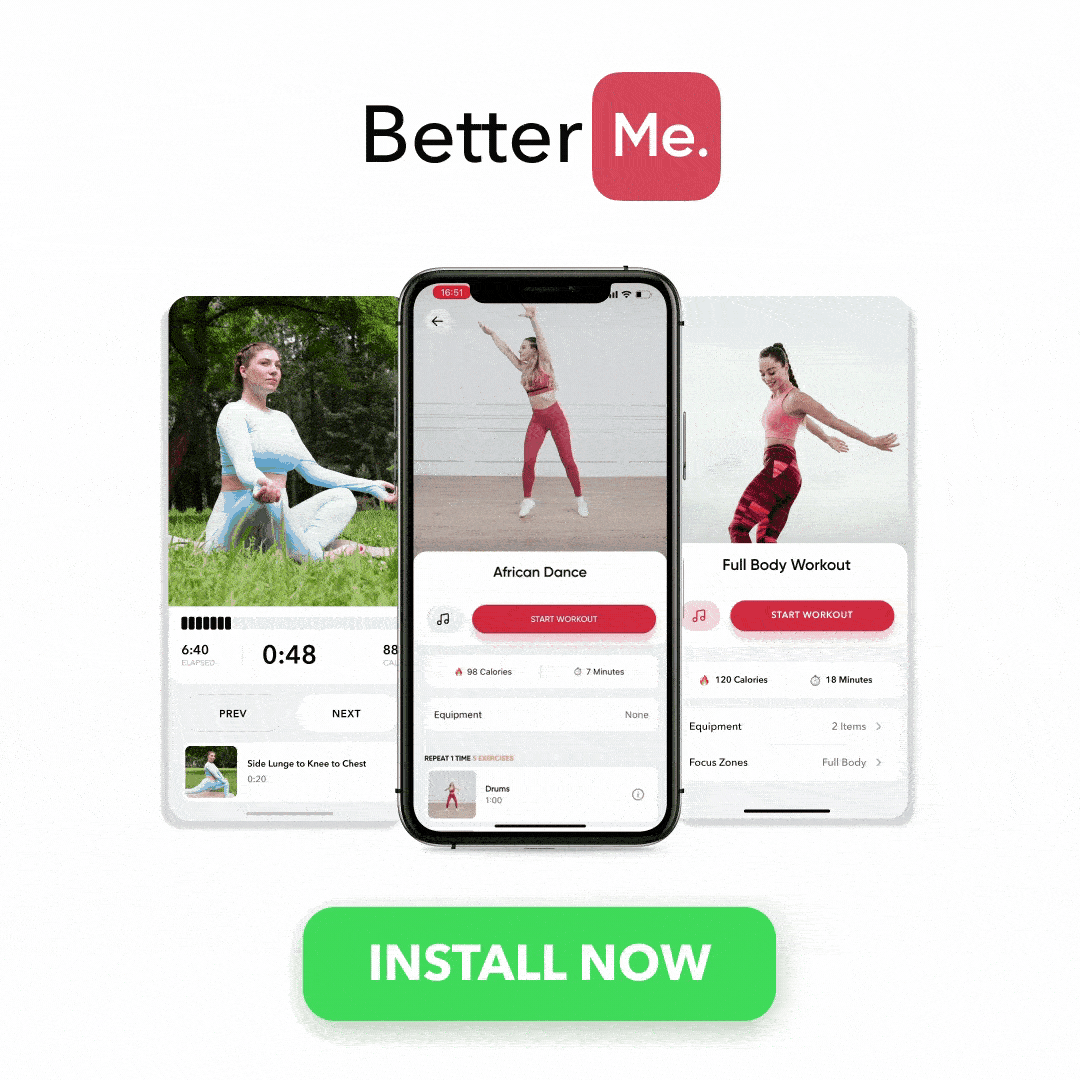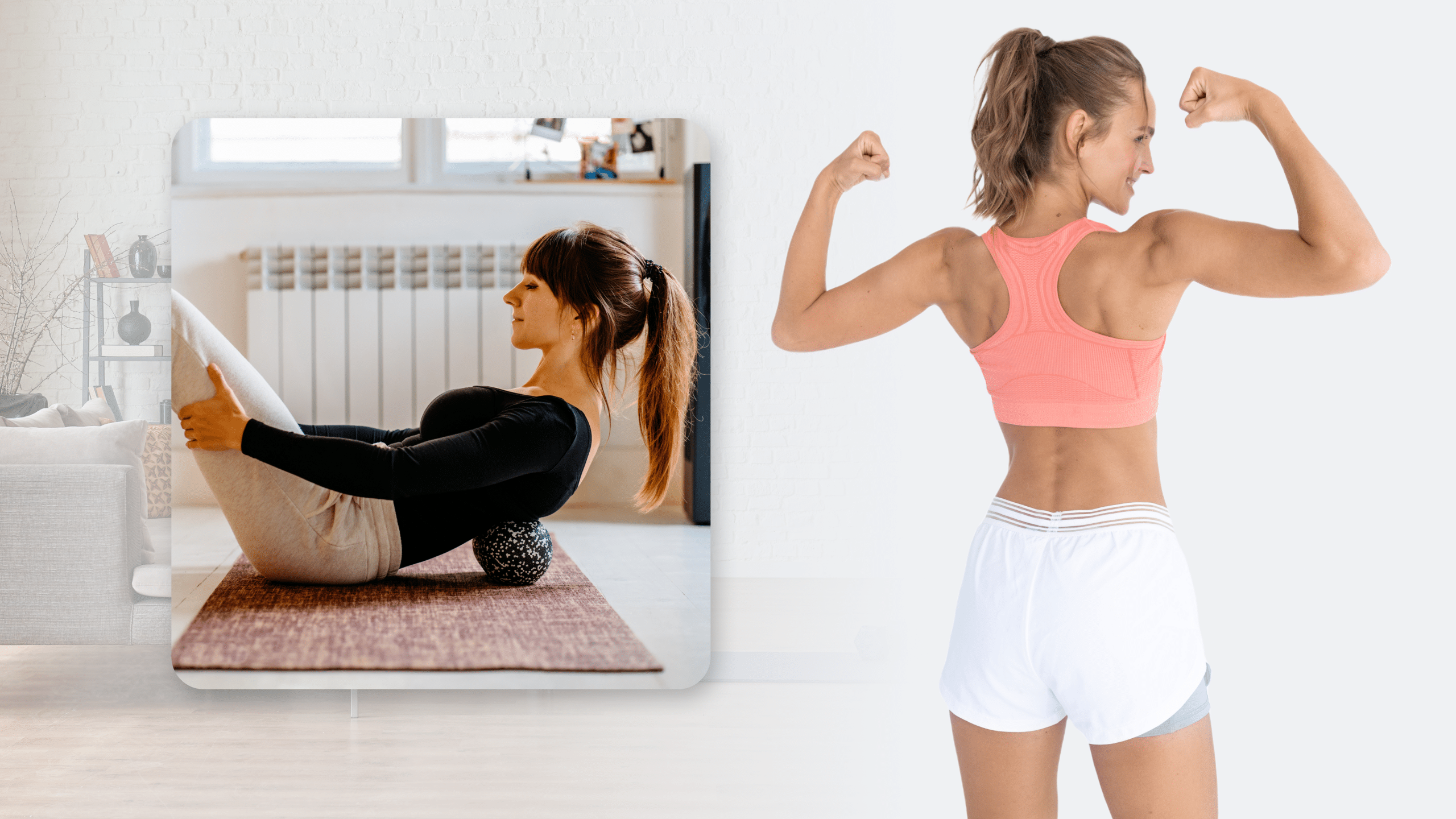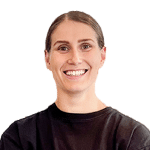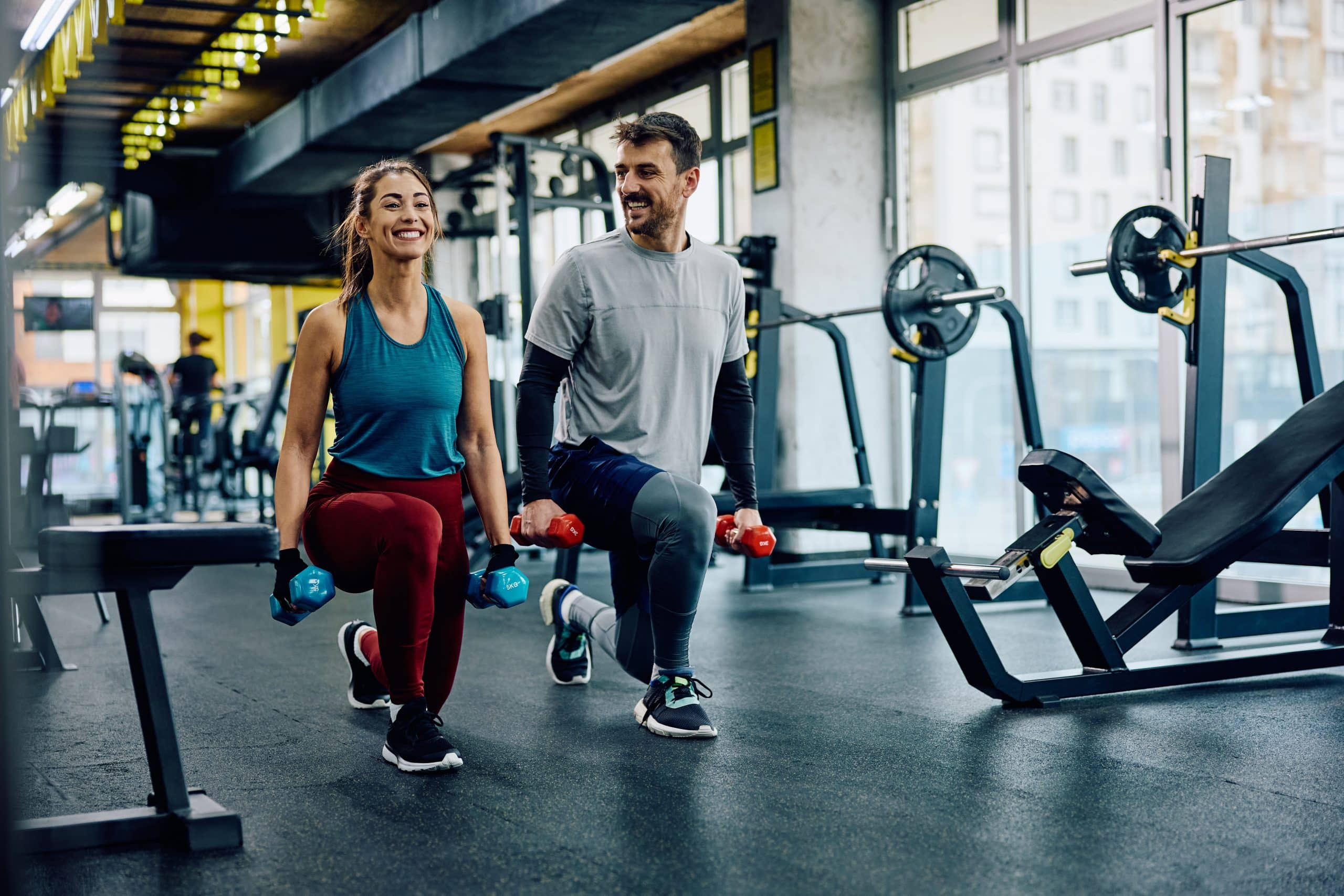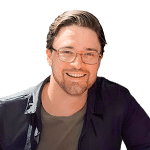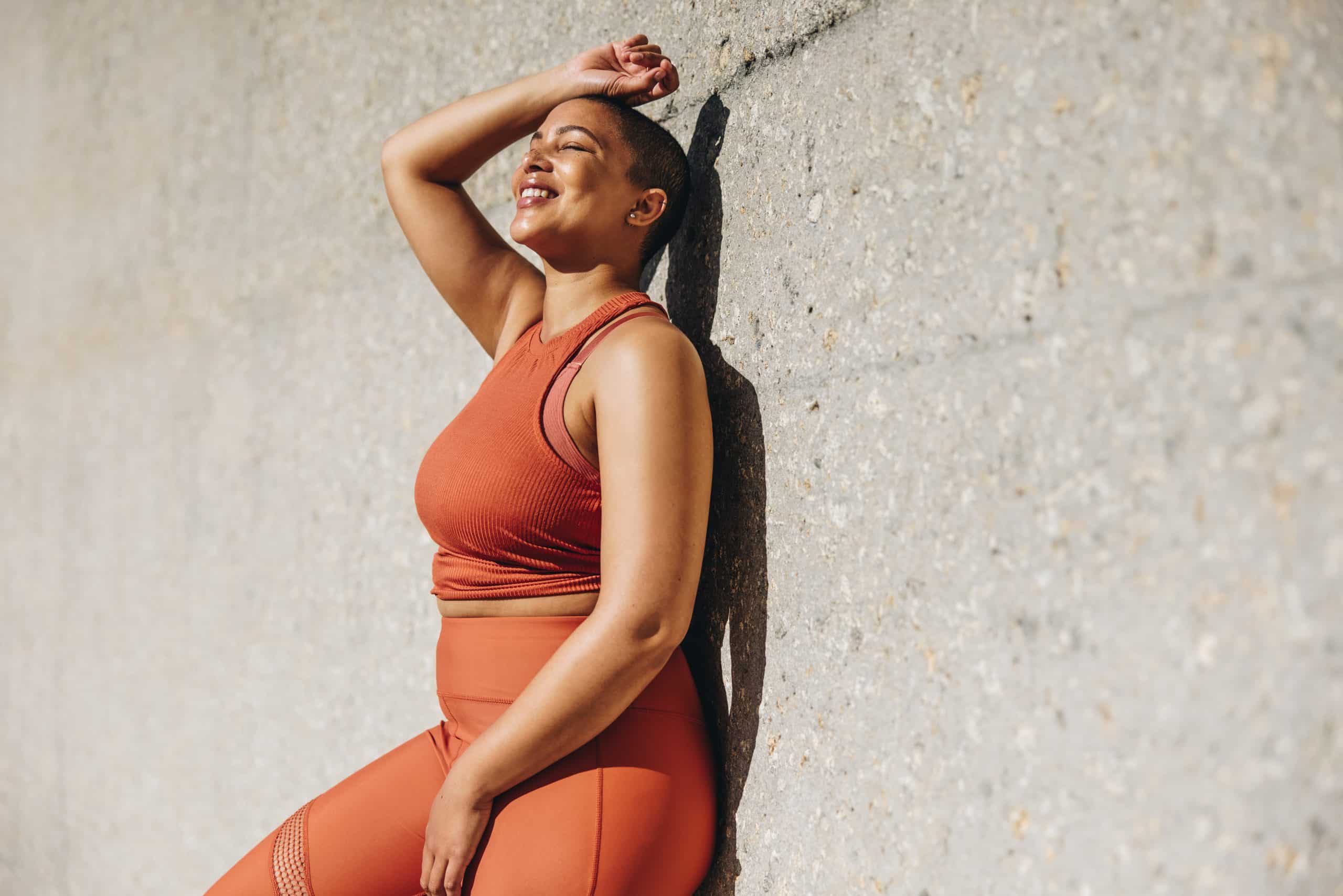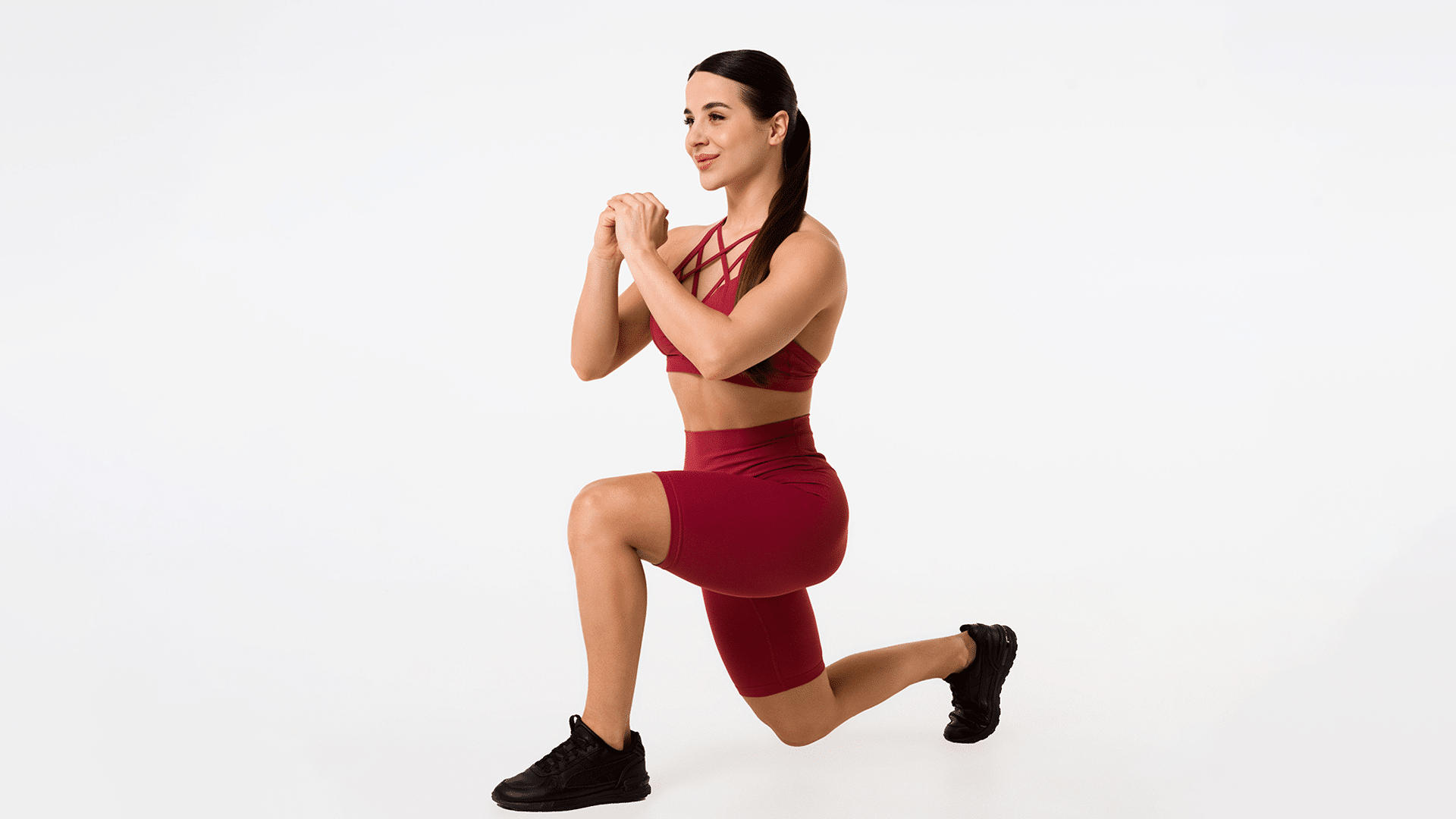Hiking is one of the fun outdoor activities that is beloved by many across the world. It is also known as a great form of exercise that not only helps with weight loss and maintenance, but one that also has some incredible health benefits. As a beginner, how would you go about getting started? What are the things you need to know to get you off your couch and into the wilderness? In today’s article we shall be tackling the issue of how to start hiking and letting you know what you will need for your first ever hike.
Hiking For Your Health
According to a publication by the American Journal of Lifestyle Medicine, hiking is a fantastic way to get more active and improve wellness not only for the masses, but especially for people with sedentary lifestyles.
This activity is not only a cost effective way to get people to spend more time in nature, but it has also been shown to have incredible a number of health benefits such as decreased blood pressure, decreased stress levels, enhanced immune system, improved concentration and attention, such as weight loss, decreased depression and improved mental health (4).
How then does one start hiking?
A Hiking Essentials List For Beginners
For beginners, hiking can be intimidating. However, the simple truth is that hiking is just like walking with the slight difference in terrain which can make things a little more challenging. To make your first hike experience less scary and less of a challenge, here is a hiking for beginners essentials list for a day hike:
- Hiking/trekking poles – While most hikers generally do not use trekking poles during a hike, investing in a pair is actually more beneficial to you than you’d think. According to the HuffPost, these poles can help with balance by giving you a boost while going uphill, help you keep your pace, and are a great support in case you have to cross a small stream (8).
Also, according to a study done by researchers at Northumbria University, these poles help maintain muscle function and significantly reduce soreness in the days following a hike (2). In the study, 37 participants were divided into two groups.
One group was to hike with some trekking poles while the other was to hike unaided. Both groups ate the same meals, carried the exact same weight, climbed the same distance and rested at the same time. At the end of the study researchers found that:
- The group using trekking poles had significantly less muscles soreness than the group that climbed unaided (soreness levels were tested 24 and 48 hours after the climb)
- Those using the poles showed faster recovery than those who did not
- At the 24-hour mark after the climb, the levels of creatine kinase was higher in the unaided group than in the pole using one. Creatine kinase is an enzyme that indicates muscle damage.
These poles also help reduce the force applied on joints by up to 25 percent (which goes a long way in reducing joint pain). The study done by the Medicine and Science in Sports and Exercise journal (using 15 participants who all did 60 trials) revealed that by using these poles, you significantly reduce the force applied in the joints of your lower extremities, especially in the ankles, knees and hips but only when you are carrying a hiking pack (2).
Read More: How To Train For Hiking: The Ultimate Guide For Getting In Shape
- A backpack – If you plan on just walking or climbing a short trail then a fanny pack with a water holder is better than a backpack. However, if your hike is long distance or it takes place over several days, then you should have a backpack. This will make it easier to carry some extra water, food, clothing, a first aid kit, some navigation tools, a sleeping bag, SPF, and other essentials.
According to Rei, you should choose your pack in accordance to your torso length (not height), amount of space you need and other features such as ventilation, frame type, ease of access, rain cover and comfortability (5).
- Water – Drinking water while exercising is recommended and hiking is no exception. Dehydration while on a hike is very dangerous as it leaves you susceptible to sunstroke or hypothermia – depending on weather conditions. It can also leave you confused and disoriented, making it very easy for you to get lost, especially if you are alone.
According to a study published in 2020, hiking in the summer (or generally during hotter seasons) significantly impairs hiking performance by 11 percent, reduces aerobic capacity by 7 percent, increases rate of perceived exertion by 19 percent and significantly elevates your core temperature. It also makes people sweat more. Researchers suggest bringing more water than normal during hotter days and best of all familiarizing yourself with your personal hydration needs (12).
- Navigation tools – Before stepping out for any hike, you must always first map out the route you are looking to take. However, even with this, getting lost is much easier than you think. To prevent this, make sure you carry a map, a compass, and download some navigation apps to your phone.
- Snacks – Hiking is a fantastic calorie burner. According to Healthline, depending on how much you weigh, how fast you walk and how steep your chosen trail is, you can burn anywhere between 292 to 984 calories in an hour. This can make you very hungry before you get a chance to get home.
The best hiking snacks for energy are high in carbohydrates and protein – remember that our bodies break down carbs turning them into glucose which is then used as an energy source. Protein on the other hand helps to keep us feeling full longer as well as support the building and repairing of muscle. Examples of such snacks include dried fruit, jerky, granola bars, peanut butter and banana sandwiches, protein bars, as well some trail mix.
- Sun protection -This includes some SPF, a hat, and some sunglasses.
- Extra clothing – Anything can happen in the wilderness and especially on long distance hikes. Carry some extra shorts, t-shirts, waterproof clothing in case it rains, and warmer outer clothing especially when hiking during the colder months.
- A first aid kit – Accidents happen even to the most experienced hikers. If you cannot carry a whole first aid kit with you, try a mini kit with some few essentials such as:
- Medication that you absolutely need – eg. inhalers, an EpiPen, or any prescribed medication that you are currently on
- Pain medication and antibiotics
- Small bandages
- Some gauze and bandages
- Tweezers
- A pair of disposable gloves
- Toilet paper – You do not want to risk using the wrong leaf to wipe with while you are out in the woods. Remember that poison ivy is not the only bad leaf out there. Nature is filled with other leaves that you never want to touch your sensitive regions – leaves such as poison oak, wood and stinging nettle, poison sumac, the giant hogweed, prince’s pine, leadwort and mangle salado (1, 11).
- A headlamp – This is very important in case it gets dark when you are still outside. It is also an essential tool for anyone looking to start hiking very early in the morning when it’s still dark out.
- Appropriate clothing – Just as with Nordic walking, the types of clothes you wear while on a hike matter. Your clothes should be comfortable, breathable and sturdy enough to withstand the rough terrain and fluctuating temperatures.
Want to build an attention-grabbing bubble butt, blast away fat that’s stored in all the wrong places, spring-clean your diet, turn back the clock on your skin, skyrocket your self-confidence and shatter your insecurities? Check out the BetterMe app and set this plan in motion!
This means, no tights, yoga pants, Denim jeans, or cotton t-shirts. Make sure that your clothing (from undies to outer wear and socks) is made from either polyester, nylon or merino wool. Also pack a breathable rain jacket during the rainy season or if heading to a cold mountainous region.
- Hiking shoes/boots – Choosing the best hiking shoe is a little more complicated than simply walking into a shop and paying for one. Some things that you must consider include type, material and fit (6):
- Type – What type of hiker are you? Are you simply into casual hikes or are you more into mountaineering and backpacking? While casual hikers can use trail running shoes for their climbs, those who backpack or go through rough terrain in the mountains need tougher and more durable shoes.
- Material – Do you prefer vegan leather or real full leather? Some are materials more waterproof and breathable than others. Others are easier to break in while others take time but are more durable.
- Fit – Make sure to try your boot at the end of a long day when your feet are swollen. Knowing your foot’s length, width and arch length also helps you pick the best fit
Please note that if you are going to be continuously hiking for more than a day, you will need a couple extra things such as shelter/tent, a sleeping bag, a knife, fire, kitchen supplies, a change of clothes and footwear, hygiene products, as well as some bug spray.
Read More: Hiking Vs Running For Weight Loss: Which One Will Sizzle Away More Calories?
How To Start Hiking Fat – Useful Tips For Overweight And Obese Hikers
As a heavier person, hiking can seem like quite the daunting task. One of the worst things about considering hiking as a fat person is that you rarely see someone who looks like you portrayed as a hiker.
This, however, does not mean that you cannot start hiking and even excel at it. If long distance hiking or just hiking in general has been on your bucket list, here are some tips to ensure that you succeed despite being overweight.
- Get rid of your prejudice – If you tell yourself that hiking is hard, that you cannot do it, or that it’s only for the athletes or fit people then you will fail at it. At the heart of it, hiking is just walking – it’s only the terrain that’s different. If you can walk, then you can hike.
- Start simple – The best thing you can do for yourself as an overweight and beginner hiker is to take things easy – you have nothing to prove to anyone. Instead of trying to tackle the longest and hardest trails, look for some easy hiking trails near you. Such trails are often well maintained – which means they rarely have obstacles like roots rock and debris that could trip you – and have little to no elevation gain (not very steep).
- Stay hydrated – Did you know that heavier people sweat more than smaller people (3)? Because you will be losing a lot of water through your sweat glands, always make sure to carry some water with you – a little more than you think you might need. Water will not only help replenish the fluids you will be losing, but it also helps maintain your energy making the hike more enjoyable -if not easier
- Take as many breaks as you need – Chances are that you will get winded and tired faster than other people on the trail, especially if they are fitter than you or are more experienced hikers. Do not push yourself to keep up with them. If you need to stop, do it and take a breather – do not feel embarrassed for listening and respecting your body and its needs.
- Get some trekking poles – As stated above, these poles are great for helping with balance, crossing rivers, and giving you a boost while going uphill. However, as a heavier person, these poles do more for you than you think. Because you are carrying a lot of extra weight, it can put quite the strain in your joints, especially in the knees and ankles.
Poles not only help evenly distribute your weight, but they also take off the force placed on these joints thus reducing soreness and accelerating your recovery time (2). Another study by the Journal of Physical Therapy Science published in 2016 also stated that by using trekking poles to go downhill, obese women significantly reduce the muscle and cartilage damage caused by this exercise (9).
- Appropriate clothing – Just like with everyday clothing, it is harder to find good plus size hiking clothes that are not only functional but also cute. Go the extra mile and look for brands that not only cater for your plus size needs but also use good materials – such as wool -to make these clothes functional.
- Do not carry too many things especially as a beginner. Your first hike will be tiring – mostly because your joints and muscles are not used to such strain and your cardiovascular fitness is lacking. Carrying too many things means adding extra weight that you do not really need. Instead of a backpack, try getting a fanny pack and carrying your charged phone, some water (find one with a water bottle holder), snacks – especially protein snacks, money, keys, sunscreen, emergency items like an EpiPen or inhaler, and lip balm.
- Prevent chafing – While this is not a problem specifically for overweight people, it is mostly felt more by them, especially due to some extra rolls here and there. To prevent this make sure that you carry some chafing cream with you and use it. Go a step further by investing in some bands and be sure to pick clothes made from anti-chafing materials.
- Hike often – You cannot get better at something if you do not do it over and over again. Step out of your comfort zone and get out on the trail at least twice – maybe thrice a week. Remember to take it easy and stick to the easier trails for a while.
When it comes to weight loss, progress is made by inches, not miles, so it’s much harder to track and a lot easier to give up. BetterMe app is your personal trainer, nutritionist and support system all in one. Start using our app to stay on track and hold yourself accountable!
FAQs
What Is The Earliest You Can Start Hiking?
If early morning hikes are your preferred form of exercise, you can start as early as 6 am. Generally, morning hikes are slotted between 6 am and 9am. However, if you would like to catch the sunrise, it is advisable to start much earlier than 6 am – arrive at your destination at least 45 minutes before the sun is expected to rise.
How To Start Hiking And Backpacking
Please note that while these two words are sometimes used interchangeably, hiking and backpacking are not the same thing (10). The former is usually a one-day expedition/trip where afterwards one explores the countryside or wilderness, and goes back home (or to a designated campsite) at the end of the day.
Whereas backpacking includes an overnight stay as part of the journey. Most backpackers carry a backpack stuffed with everything from clothes to kitchen utensils that they use for multiple days throughout the journey.
A very important distinction between these is that while hiking can take a couple of days (where you camp at a central spot and explore a given area), backpacking takes anywhere between two days to a couple of years before you arrive at your final destination.
Backpacking also requires more planning and endurance than a simple hike.
How To Start Hiking Long Distance
If this has been on your bucket list for a minute, here are sometimes to ensure that you succeed
- Start with shorter distance hikes – This helps build your endurance for those long seemingly never ending miles.
- Work on your fitness levels – While short distance hiking already does this, you need more than just this to help you complete a long distance hike. Hit the gym, work on your cardio fitness and lift some weights. Remember that long distance hiking requires you to walk for days on end while carrying an incredibly huge backpack.
- Mind over matter – Such a trip can take well over two weeks to complete so you must have the mental fortitude to keep pushing even when you are tired, cold, wet, dirty, sunburned, homesick, scared, and have blisters all over your feet.
- Plan ahead – You can do this by first determining how much time you need to complete the hike, researching the trail, planning out your itinerary, obtaining any necessary permits, and finally identifying potential hiking companions to help beat the loneliness.
- Pack smart – It helps when your bag is not too heavy as this can make you slower and overwhelm you. Pack in a way that allows you to reduce your load as you go. It helps to pick a trail that runs along resupply locations.
- Invest in good footwear – Normal running shoes will not work here. You need some heavy duty hiking boots to make it through such a trip.
- Take your time and make it fun for you
How To Start Hiking As A Hobby
When most people consider hiking, they often think about it as a form of exercise and not as a fun leisure activity. While it is true that going on a hike is more physically demanding than binging on your favourite TV show, cooking or playing video games, it is a perfectly good hobby to have. If you are considering starting to hike just as a hobby, here are some tips for you
- Take a partner with you – Most hobbies are always better done with a friend or loved one, which makes them a great bonding experience. If you have an adventurous person in your life, ask them to go with you.
- Take the easy route – Hobbies are supposed to be fun not hard. If this is your first time hiking, pick an easy, well known and well maintained route/trail.
- Consider the time of year and weather – Trying to hike during the dead of winter or the hottest days in summer does not sound like fun. You can choose to start hiking during only slightly cooler months or times of the day. The most loved hiking times include early in the morning or in the evening as the sun sets.
- Choose the most scenic route – If you love being in and appreciating nature then picking a route that showcases spectacular natural resources and beauty can make hiking one of your most beloved hobbies.
- Combine hiking with another hobby – Combining hobbies is nothing new. Some other recreational activities that you can combine with this include yoga, painting, photography, foraging, swimming, and even reading – especially if you listen to audiobooks.
The Bottom Line
In regards to how to start hiking, it all comes down to commitment. Having the essentials, making your plans, and even having an accountability partner will not work unless you are fully committed to seeing this through. However, if you put your mind to it and get to doing it, you will end up falling in love with this fun yet effective workout.
DISCLAIMER:
This article is intended for general informational purposes only and does not address individual circumstances. It is not a substitute for professional advice or help and should not be relied on to make decisions of any kind. Any action you take upon the information presented in this article is strictly at your own risk and responsibility!
SOURCES:
- 5 Dangerous Trail Plants That Aren’t Poison Ivy (2016, bicycling.com)
- Effects of Hiking Downhill Using Trekking Poles while Carrying External Loads (2007, journals.lww.com)
- Explained variance in the thermoregulatory responses to exercise: the independent roles of biophysical and fitness/fatness-related factors (1985, pubmed.ncbi.nlm.nih.gov)
- Hiking (2018, ncbi.nlm.nih.gov)
- How to Choose a Backpack (n.d., rei.com)
- How to Choose Hiking Boots (n.d., rei.com)
- How trekking-poles help hikers maintain muscle function while reducing soreness (2010, sciencedaily.com)
- The Benefits of Trekking Poles: 10 Reasons I Never Hit the Trail Without Them (2017, huffpost.com)
- Trekking poles reduce downhill walking-induced muscle and cartilage damage in obese women (2016, ncbi.nlm.nih.gov)
- What is the Difference between Hiking and Backpacking? (n.d., decathlon.com)
- When You Wipe With the Wrong Leaves (2017, backpacker.com)
- Why hydration is so important when hiking in the heat of summer (2020, sciencedaily.com)
